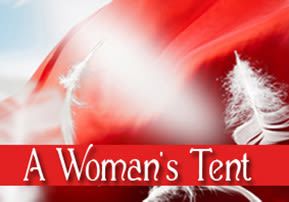
Terumah: A Woman’s Tent
The Maharal explains that a Jewish woman merits the blessings of Sarah's tent through her performance of the special mitzvoth designated for women…

Parshat Teruma
A PERSONAL SANCTUARY
“Let them make me a sanctuary that I may dwell within them” (Shemot 25:8). Rabbi Ya’acov Yosef from Polnaya notes that since the six hundred and thirteen mitzvoth are eternal; one must be able to keep them at any time period. The verse “let them make me a sanctuary,” therefore, gives rise to the following question: How is it possible to fulfill the mitzvah of building the Temple in our time? The Rabbi answers that since every person is a small world, each of us can build a sanctuary within our heart for the Divine presence to dwell. In this way the continuation of the verse can be fulfilled: “that I may dwell within them.”
THE JEWISH HOME – A MINIATURE SANCTUARY
If our heart can be the dwelling place for the Divine Presence, certainly the Jewish home can be compared to the Temple, as it is known that a Jewish home is called a “mikdash me’at” (a miniature sanctuary). Since the woman is the chief of her home, she can be compared to the Kohen Gadol (High Priest) and her housework to his Divine Service. Just like the Kohen Gadol kindles the menorah in the Beit HaMikdash (Temple), the woman lights the Shabbath candles in her home. The bread she bakes is like the showbread in the Temple. The food she cooks is like a korban, (sacrifice) and the table she sets is a mizbeach (altar). Her goal is to imbue her home with spirituality and fear of G-d. In the same manner that the Kohen Gadol causes the Shechina to dwell in the world; the woman invites the Shechina to enter her home. Just like the Kohen Gadol is not inferior to the king, so is the wife not inferior to her husband. They complete one another, each performing their vital function.
LIKE THE TENT OF SARAH
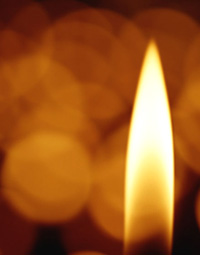 In Parashat Chayei Sarah we learn that Yitzchak brought Rivkah into his mother Sarah's tent (Bereishit 24:67). Rashi explains that “the Tent of Sarah” was unique in three ways: “While Sarah was living a light had been burning in the tent from one Shabbath eve to the next, there was always a blessing in the dough and a cloud was always hanging over the tent. Since her death, however, all these had stopped. When Rivkah came, they reappeared.” Thus, we see that the mishkan (tabernacle) is modeled after the home of Sarah Imainu (our mother). The eternal light of the menorah corresponds to the light burning in her tent and the showbread which would stay fresh and warm from one Shabbath eve to the next is likened to the blessing in her dough. The cloud of glory hanging over Sarah’s tent is the same cloud that “covered the appointed tent, and the glory of Hashem filled the dwelling” (Shemot 40:34). These special qualities of the Jewish home were inherited by Rivkah. She transmitted them to the chain of future Jewish women. Receiving these spiritual genetics enables us to enter the tent of Sarah and transform our home into a dwelling place for G-d's feminine presence (Shechina).
In Parashat Chayei Sarah we learn that Yitzchak brought Rivkah into his mother Sarah's tent (Bereishit 24:67). Rashi explains that “the Tent of Sarah” was unique in three ways: “While Sarah was living a light had been burning in the tent from one Shabbath eve to the next, there was always a blessing in the dough and a cloud was always hanging over the tent. Since her death, however, all these had stopped. When Rivkah came, they reappeared.” Thus, we see that the mishkan (tabernacle) is modeled after the home of Sarah Imainu (our mother). The eternal light of the menorah corresponds to the light burning in her tent and the showbread which would stay fresh and warm from one Shabbath eve to the next is likened to the blessing in her dough. The cloud of glory hanging over Sarah’s tent is the same cloud that “covered the appointed tent, and the glory of Hashem filled the dwelling” (Shemot 40:34). These special qualities of the Jewish home were inherited by Rivkah. She transmitted them to the chain of future Jewish women. Receiving these spiritual genetics enables us to enter the tent of Sarah and transform our home into a dwelling place for G-d's feminine presence (Shechina). THE VIRTUES OF A JEWISH WOMAN
The Maharal explains that a Jewish woman merits the blessings of Sarah's tent through her performance of the special mitzvoth designated for women. The bracha in the dough corresponds to the mitzvah of taking challah, (bread dough offering) the cloud of Hashem's Shechina, to the mitzvah of taharat mishpacha, (family purity) since taharah (purity) leads to Ruach ha Kodesh, (Divine inspiration). The burning light corresponds to the mitzvah of lighting the Sabbath candles. According to Yafet Toar, in addition to being in the merit of performing the special mitzvoth designated for women, these blessings teach us the virtues towards which every Jewish woman should aspire: Being intelligent causes the Cloud of the Divine Presence and prophecy to rest upon her. The blessing in the dough occurs when a woman takes care of the needs of her home and watches over its belongings as it states: “She looks well to the ways of her household” (Mishlei 31:27). Remaining calm and peaceful, avoiding fights and tension cause the candle, a symbol for peace, to burn infinitely. The light of the candle is also a symbol of Torah learning as it states: “For the mitzvah is a candle; and Torah is light” (Mishlei 6:23). For this reason, when we light the Shabbath candles, it is a custom to pray for children, who will illuminate the world with their Torah.
BABY FACED CHERUBS
“You shall make two cherubs of gold…” (Shemot 25:18). The cherubs symbolize our young children, as Rashi explains: “They had the form of a child's face.” Just as the cherubs were attached to the Holy Ark containing the Tablets of the Law, we must ensure that our little ones are educated to attach themselves to Torah. Rabbi Meir Shapira explains that the utensils of the sanctuary could be made from any metal, if there was no gold to be found. The cherubs, however, had to be made from pure gold. This teaches us that when it comes to a matter as important as child education, no compromise is acceptable. We are obligated to give them the very best, as their Torah learning is worth much more than gold.
***
Rebbetzin Chana Bracha Siegelbaum is Director of Midreshet B’erot Bat Ayin in Gush Etzion. This article is an excerpt from her book Women at the Crossroads: A Woman’s Perspective on the Weekly Torah Portion, reviewed by The Jerusalem Post, The Jewish Press, Voices Magazine, Good Reads, and WordPress/JewishPress and more.






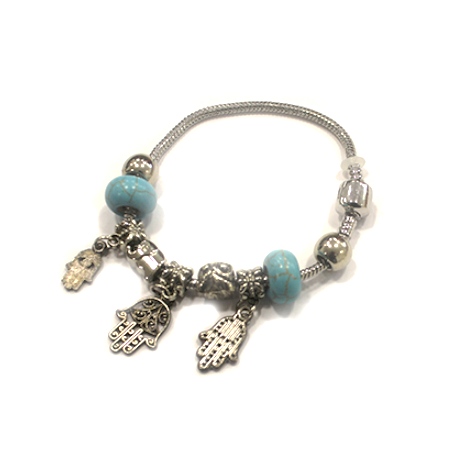
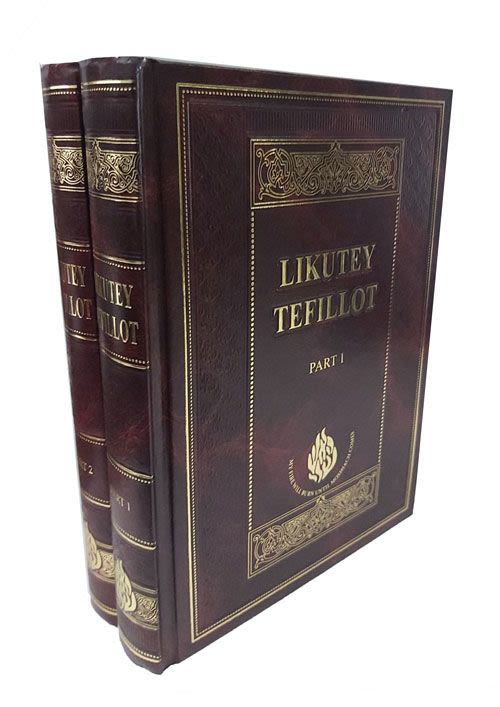

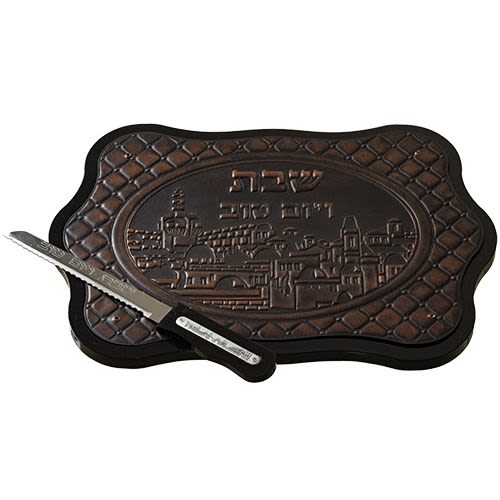
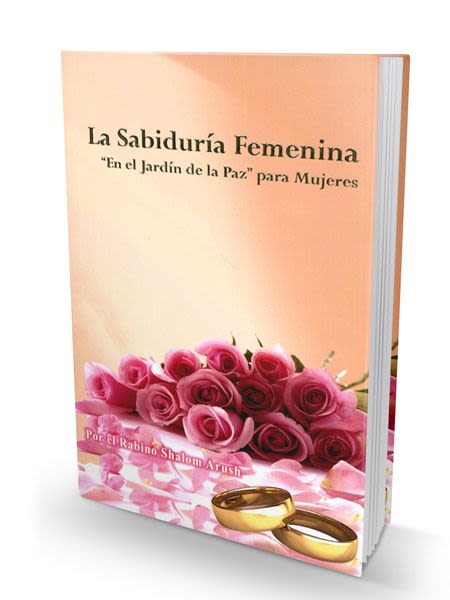
Tell us what you think!
Thank you for your comment!
It will be published after approval by the Editor.